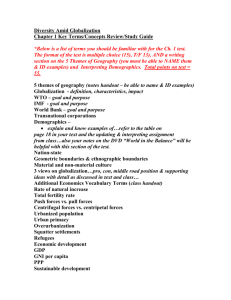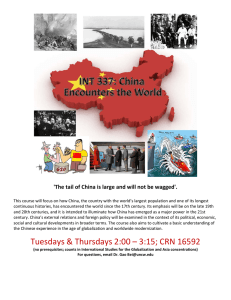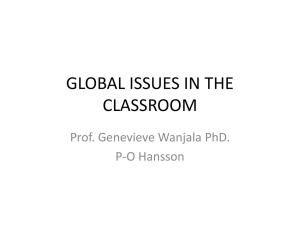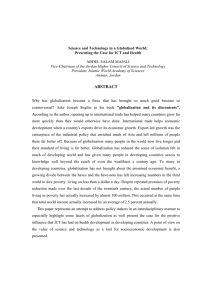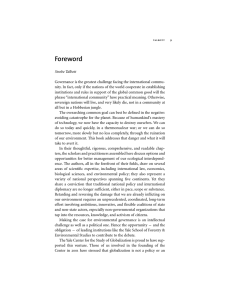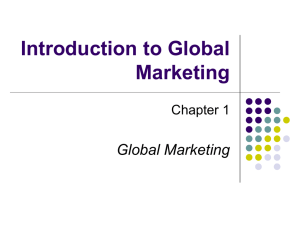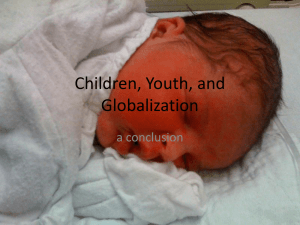International Relations - Study Guide
advertisement
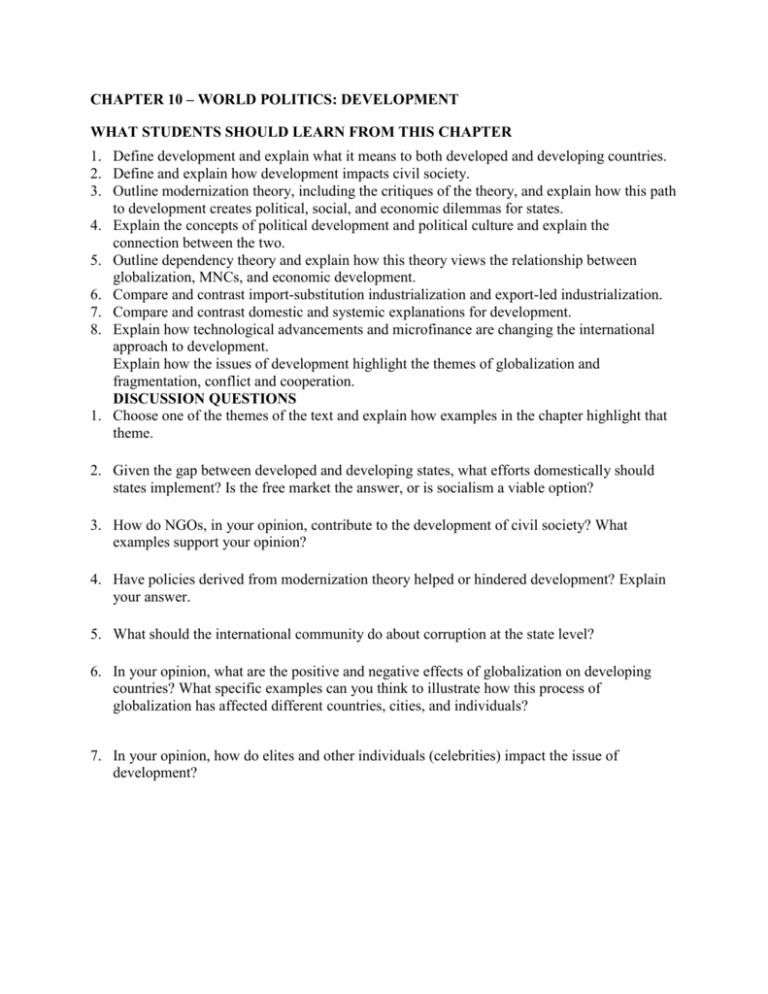
CHAPTER 10 – WORLD POLITICS: DEVELOPMENT WHAT STUDENTS SHOULD LEARN FROM THIS CHAPTER 1. Define development and explain what it means to both developed and developing countries. 2. Define and explain how development impacts civil society. 3. Outline modernization theory, including the critiques of the theory, and explain how this path to development creates political, social, and economic dilemmas for states. 4. Explain the concepts of political development and political culture and explain the connection between the two. 5. Outline dependency theory and explain how this theory views the relationship between globalization, MNCs, and economic development. 6. Compare and contrast import-substitution industrialization and export-led industrialization. 7. Compare and contrast domestic and systemic explanations for development. 8. Explain how technological advancements and microfinance are changing the international approach to development. Explain how the issues of development highlight the themes of globalization and fragmentation, conflict and cooperation. DISCUSSION QUESTIONS 1. Choose one of the themes of the text and explain how examples in the chapter highlight that theme. 2. Given the gap between developed and developing states, what efforts domestically should states implement? Is the free market the answer, or is socialism a viable option? 3. How do NGOs, in your opinion, contribute to the development of civil society? What examples support your opinion? 4. Have policies derived from modernization theory helped or hindered development? Explain your answer. 5. What should the international community do about corruption at the state level? 6. In your opinion, what are the positive and negative effects of globalization on developing countries? What specific examples can you think to illustrate how this process of globalization has affected different countries, cities, and individuals? 7. In your opinion, how do elites and other individuals (celebrities) impact the issue of development?

